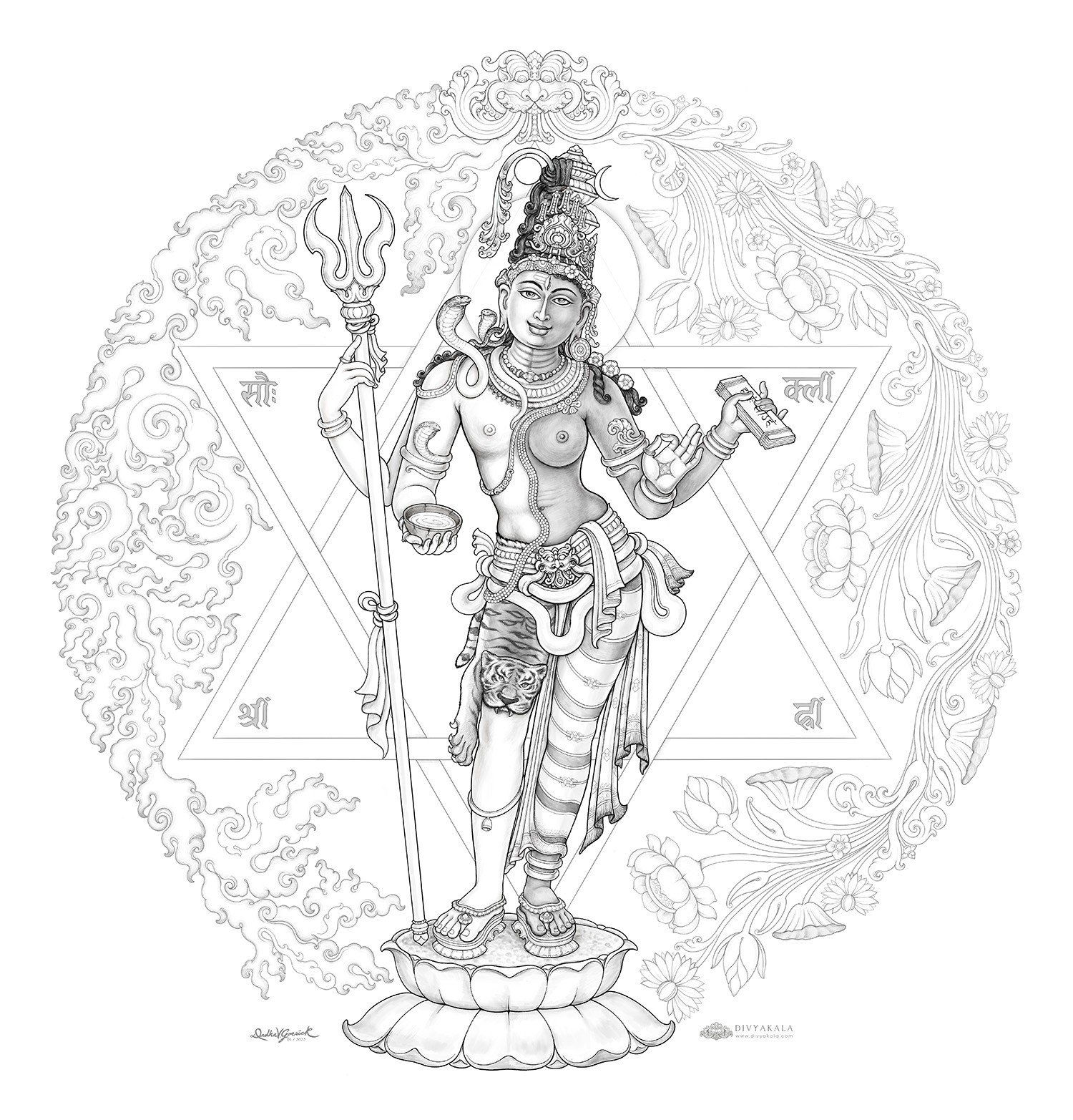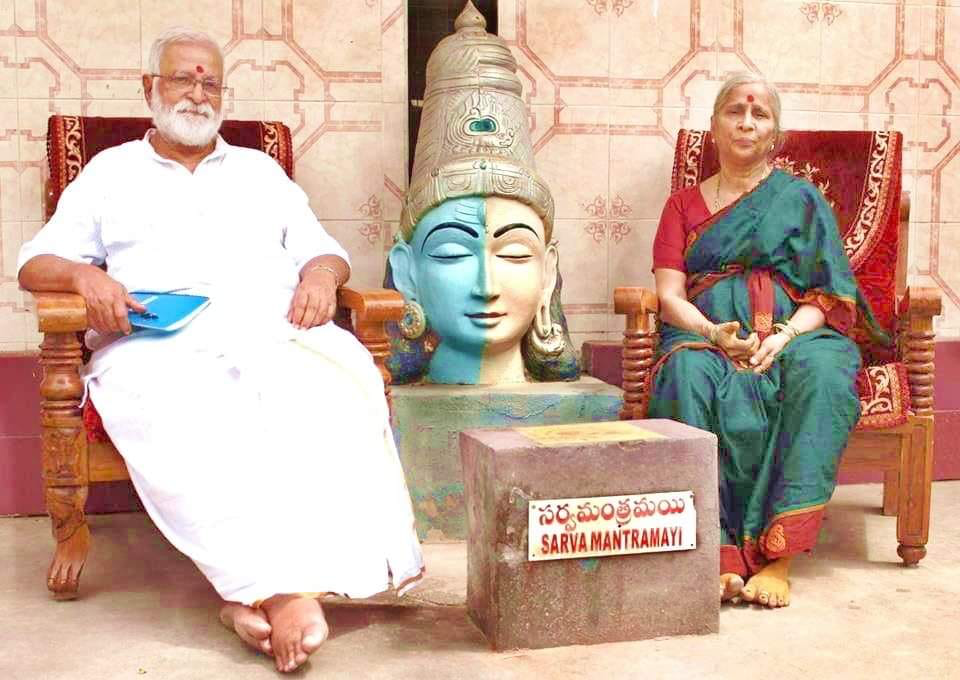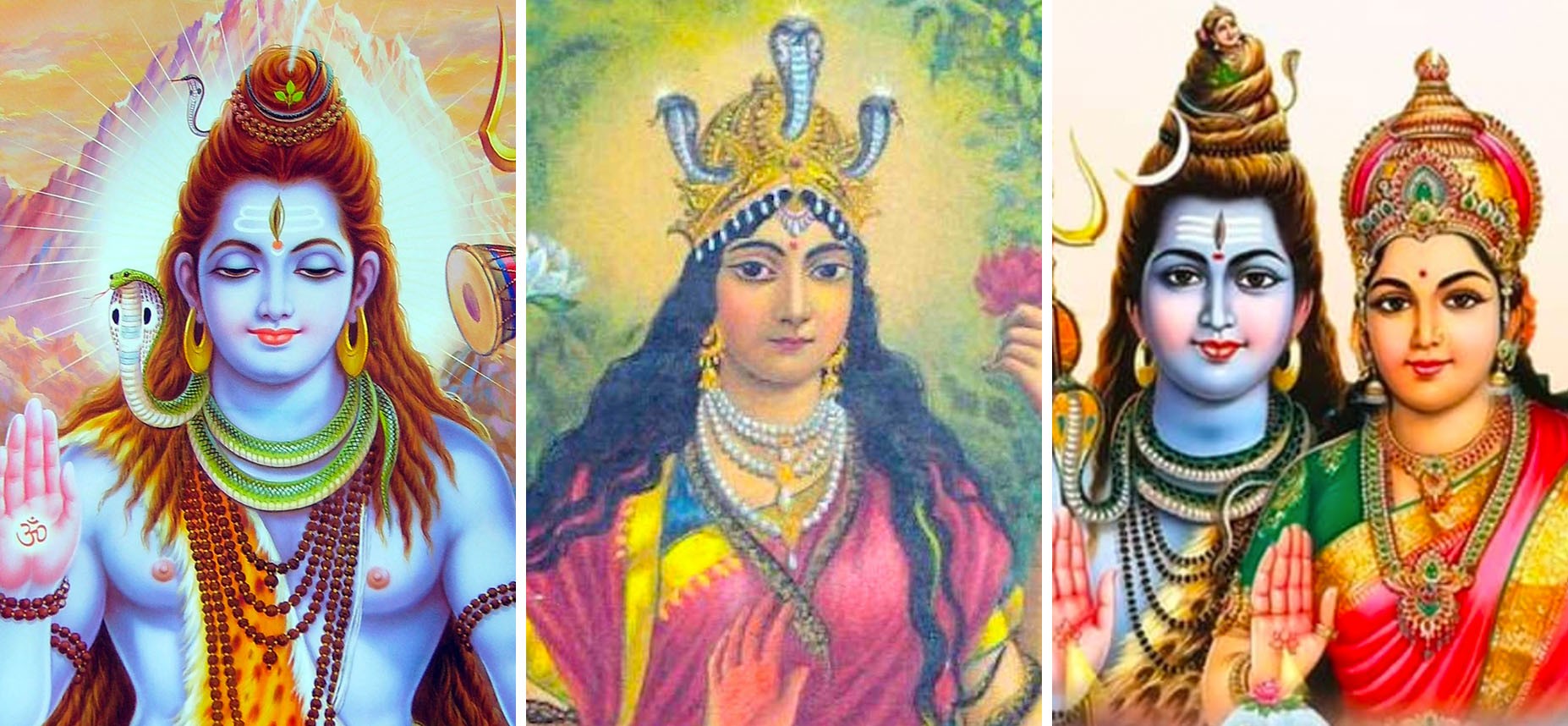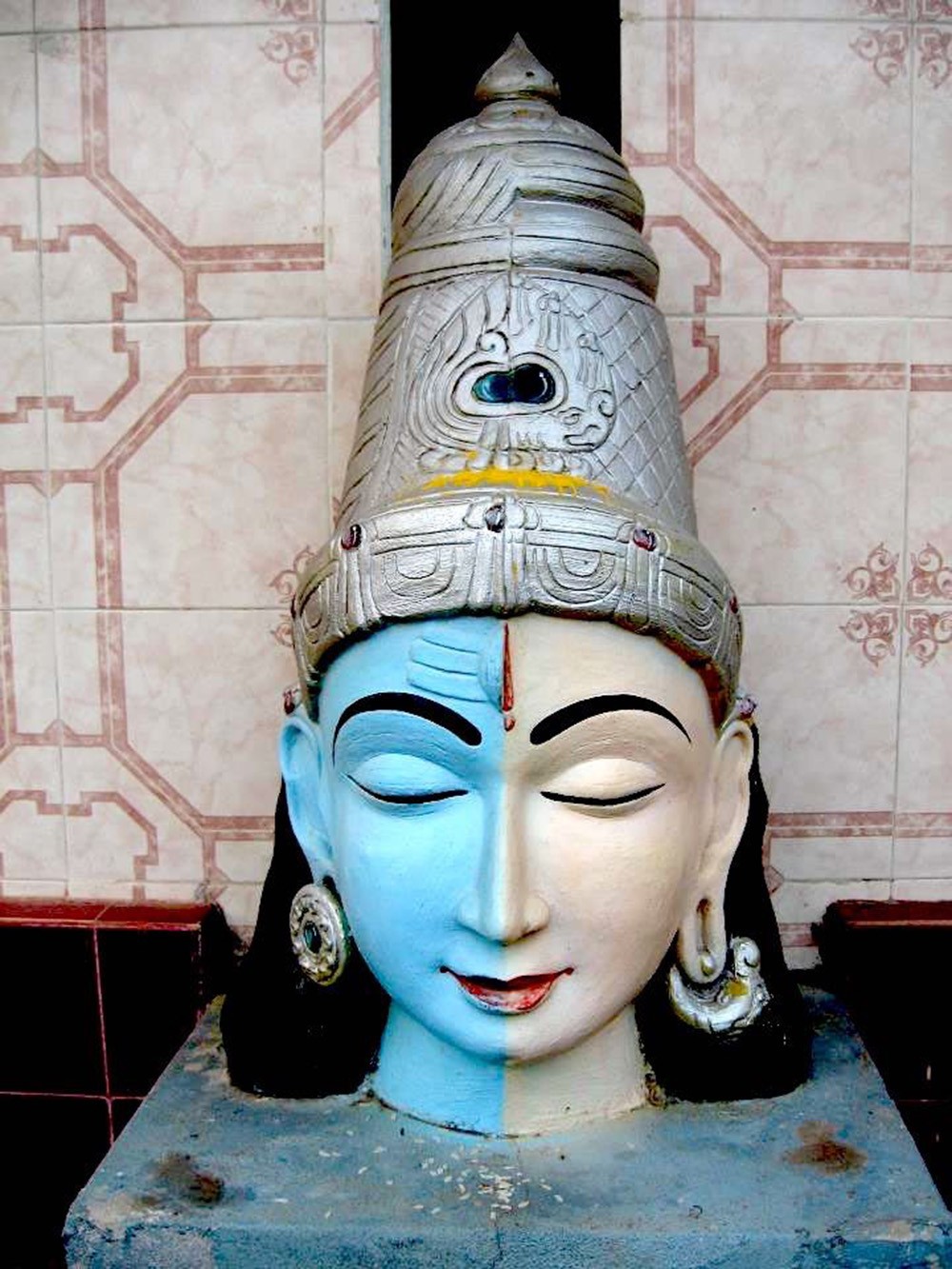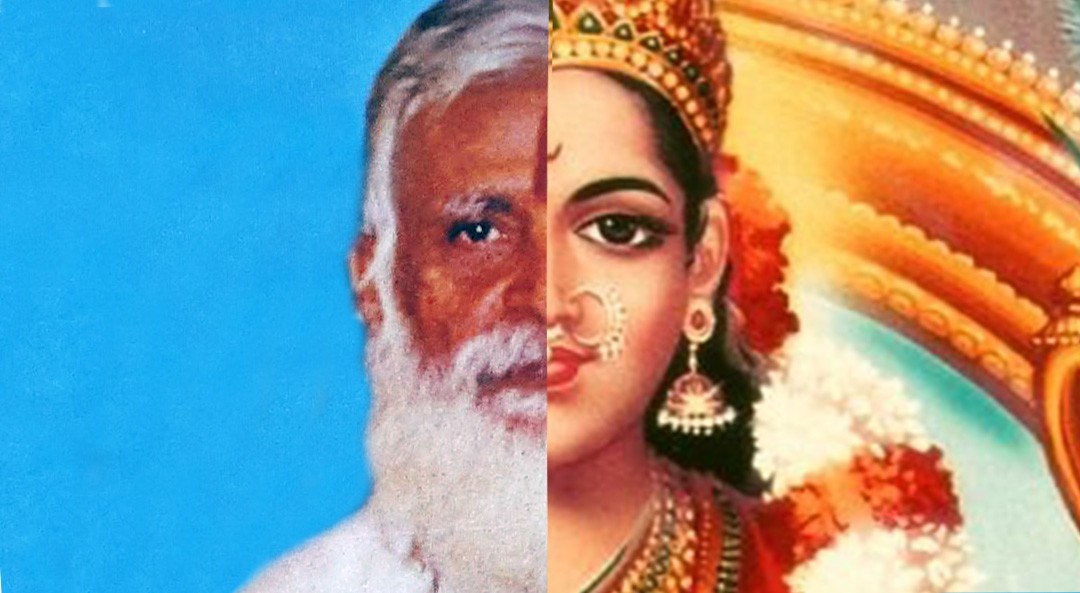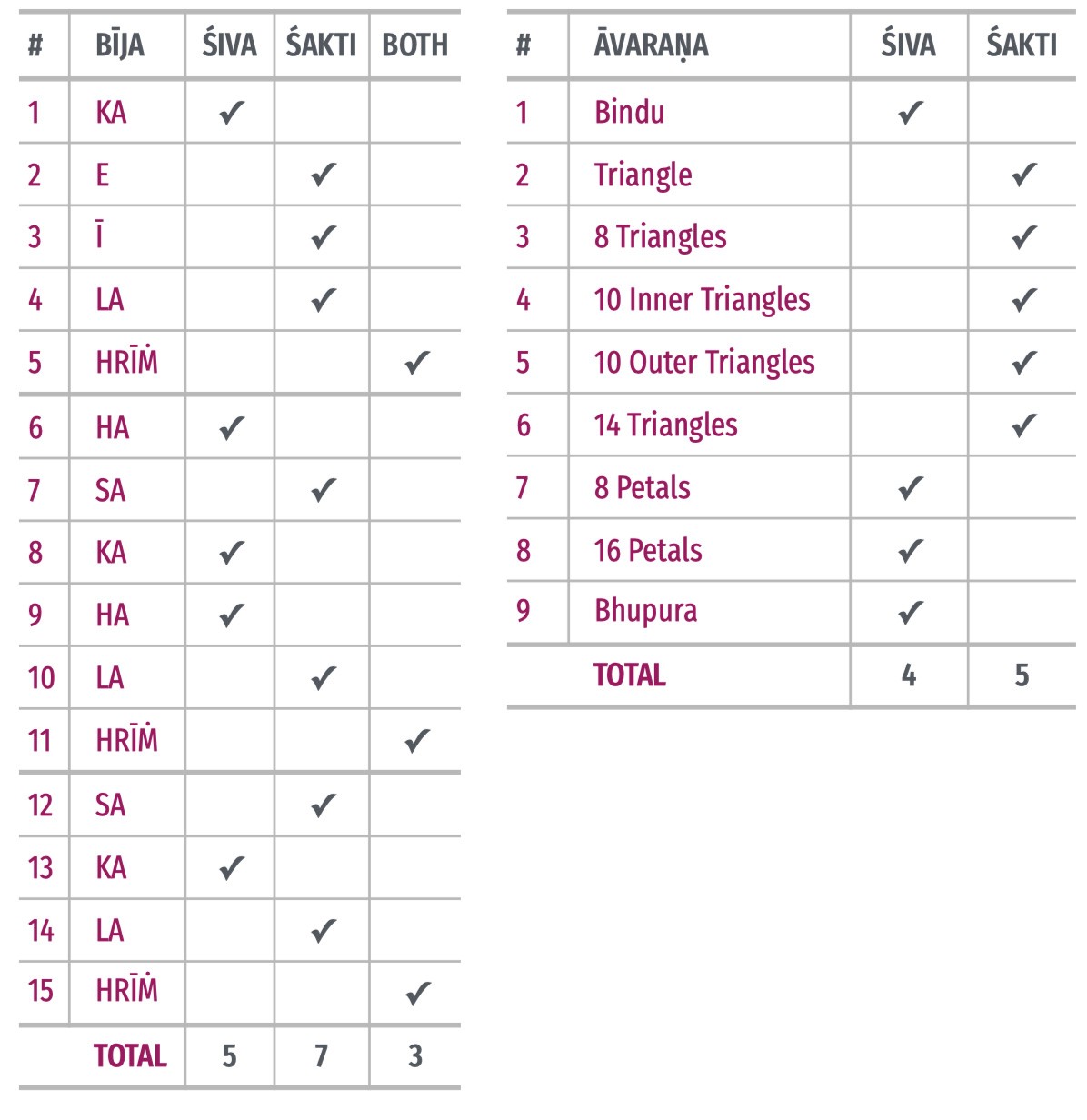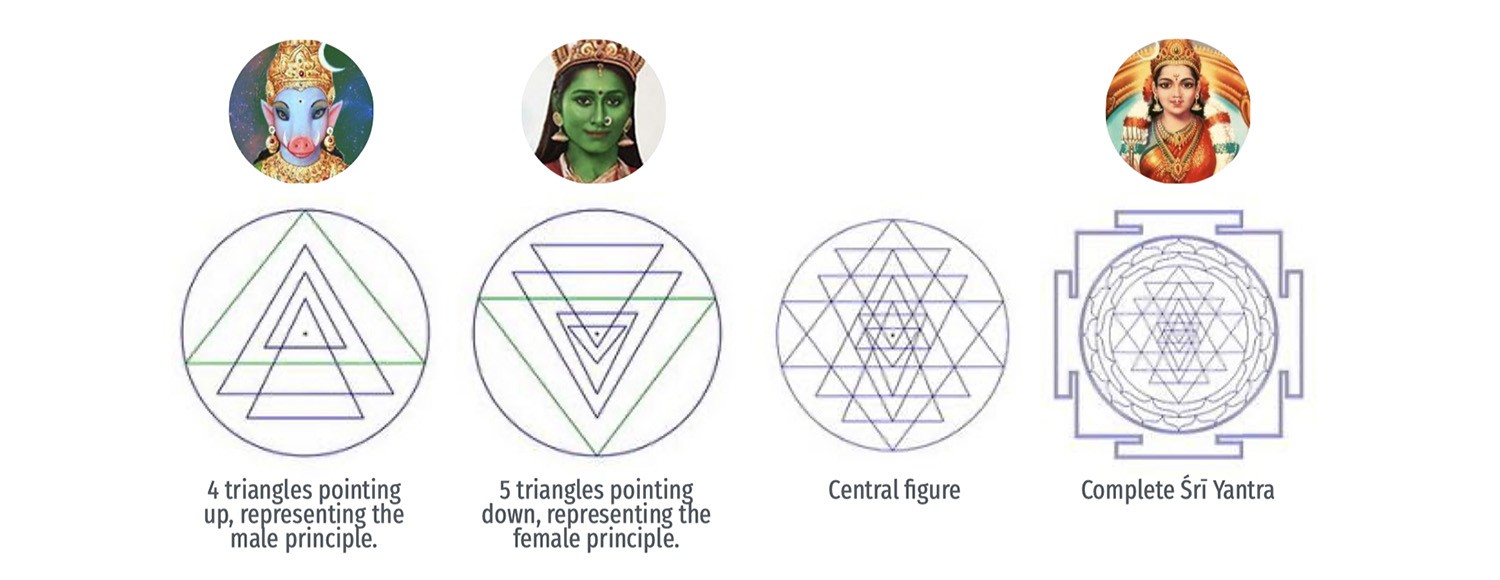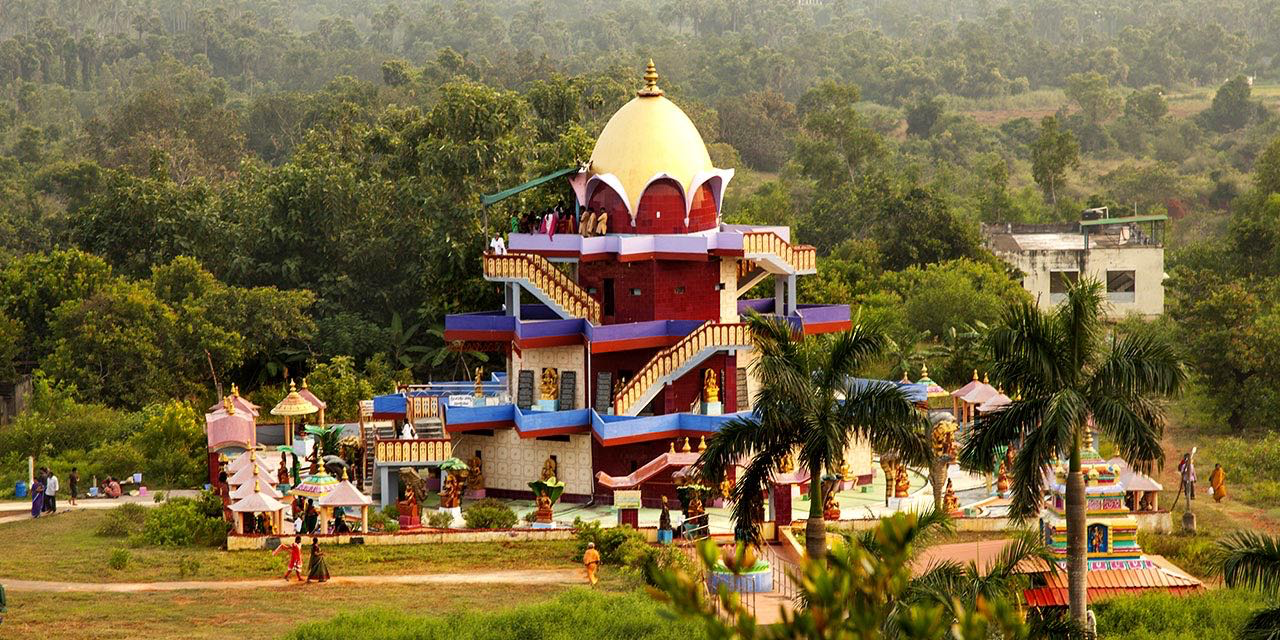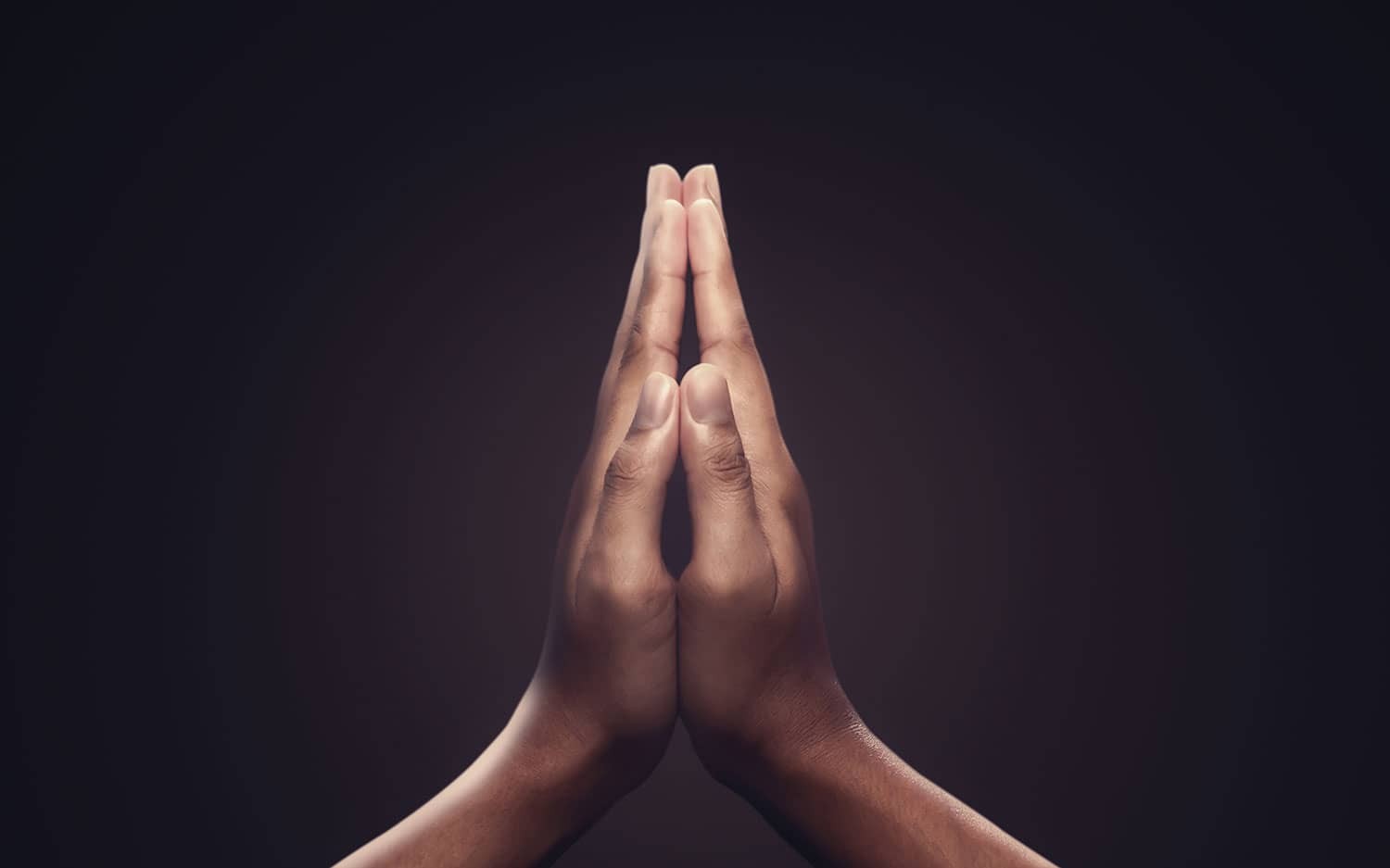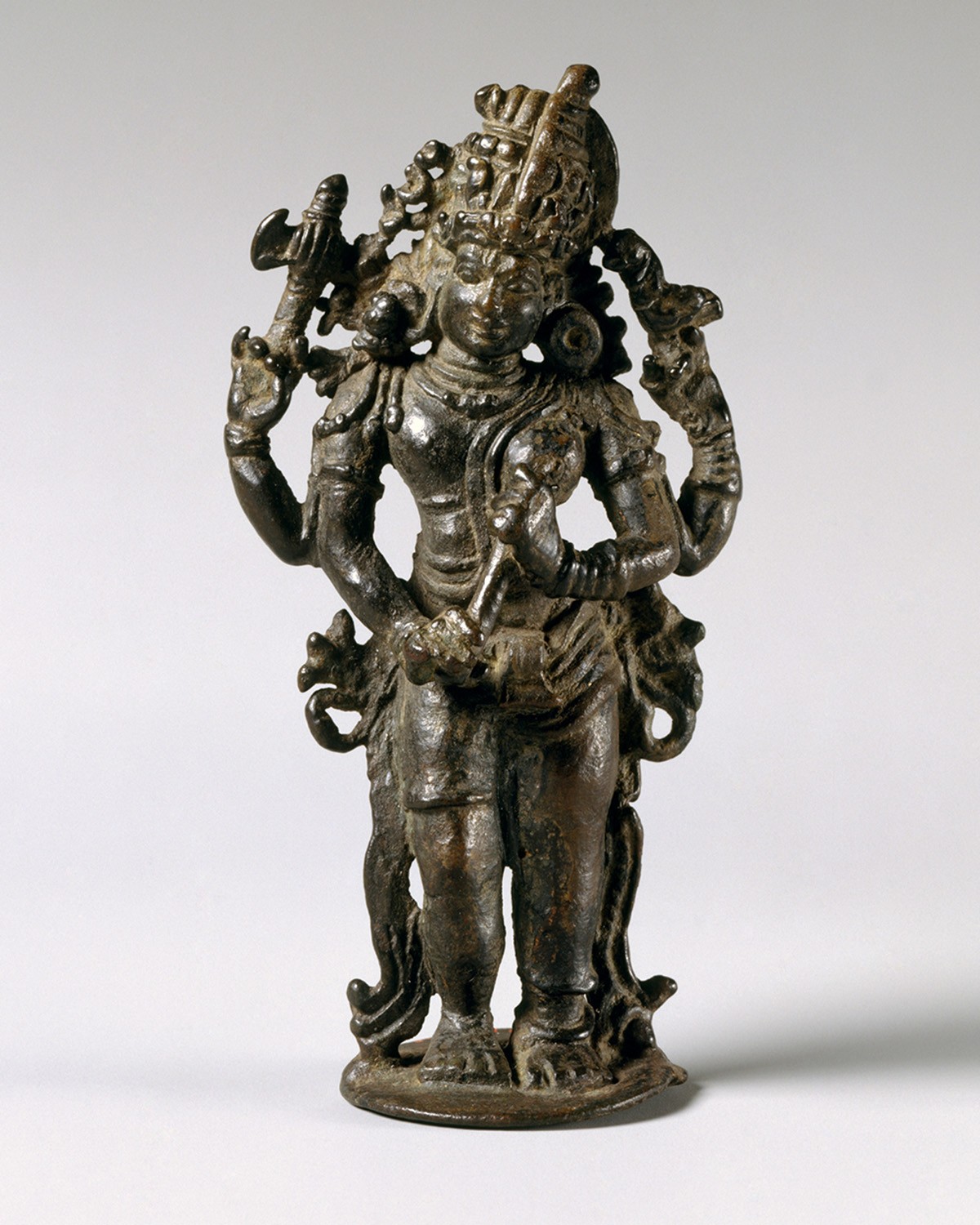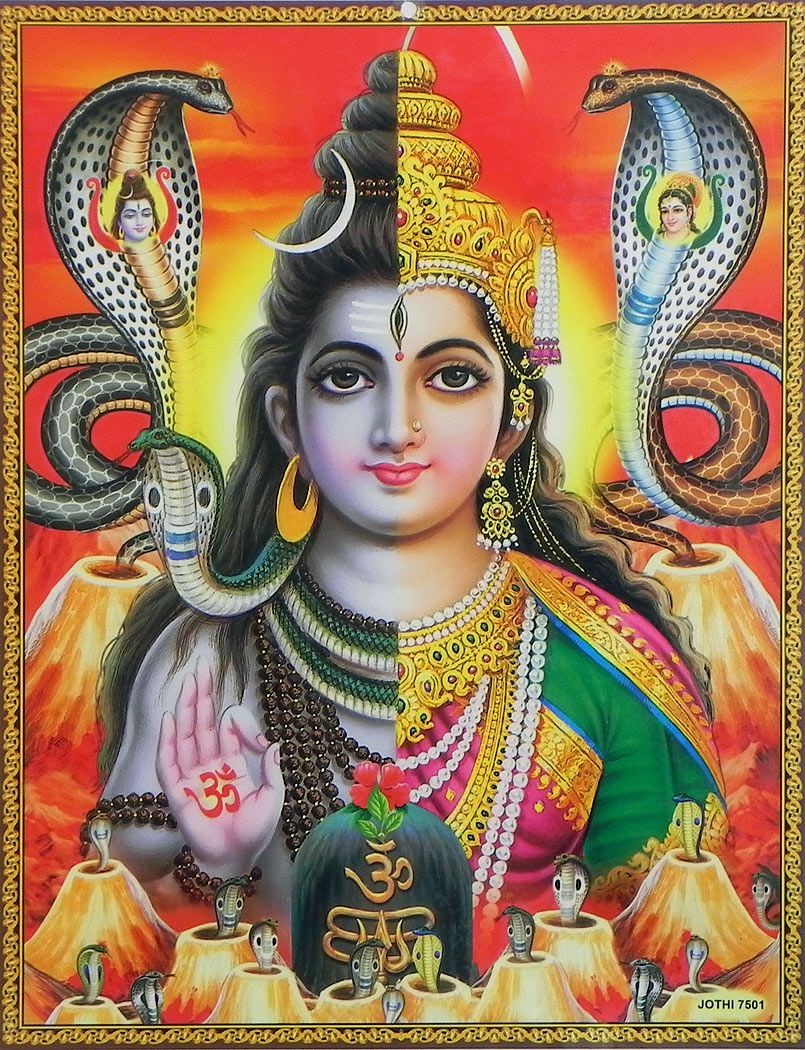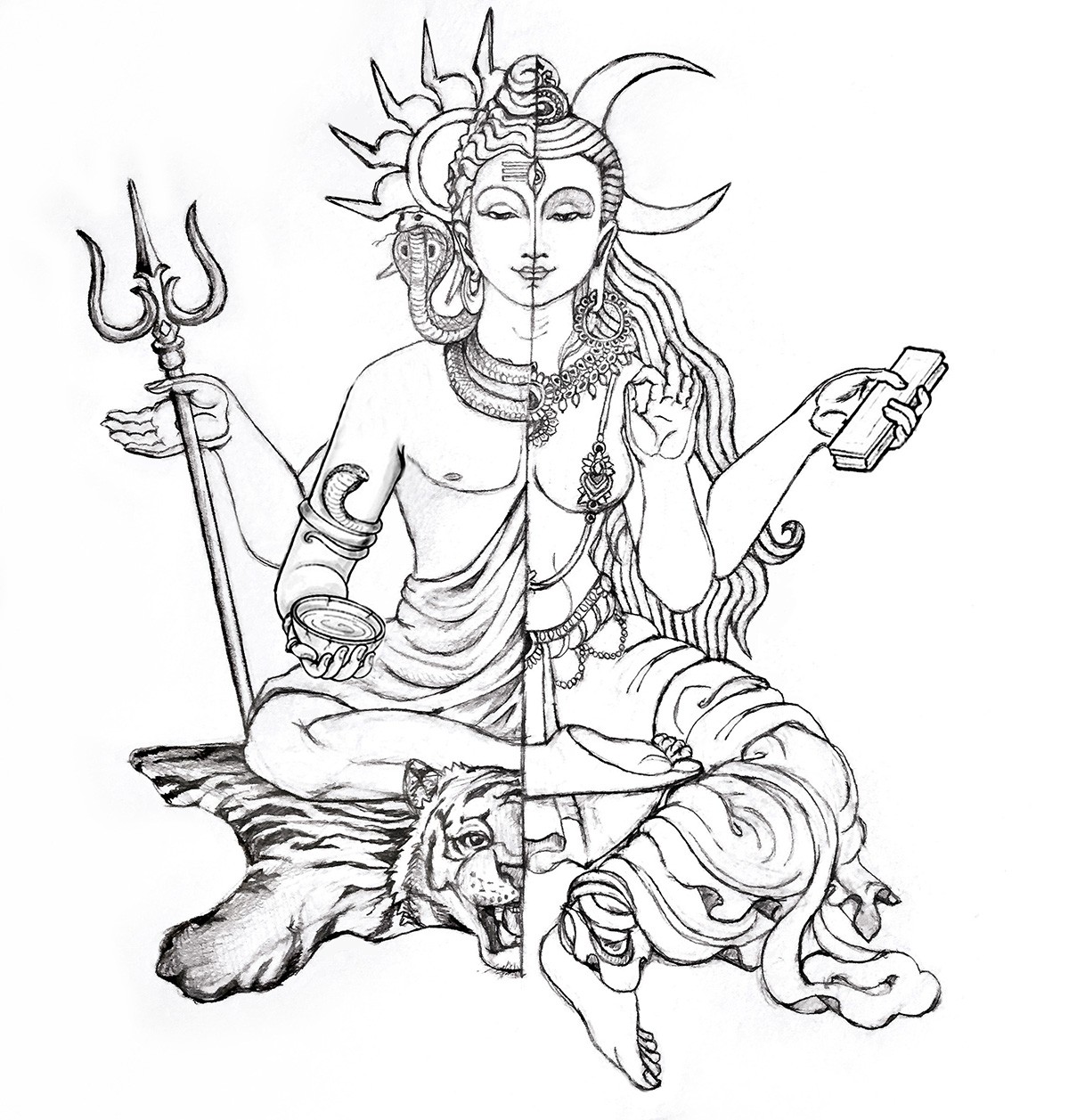Guruji on Śivaliga as Ardhanārīśvara and its Symbolism
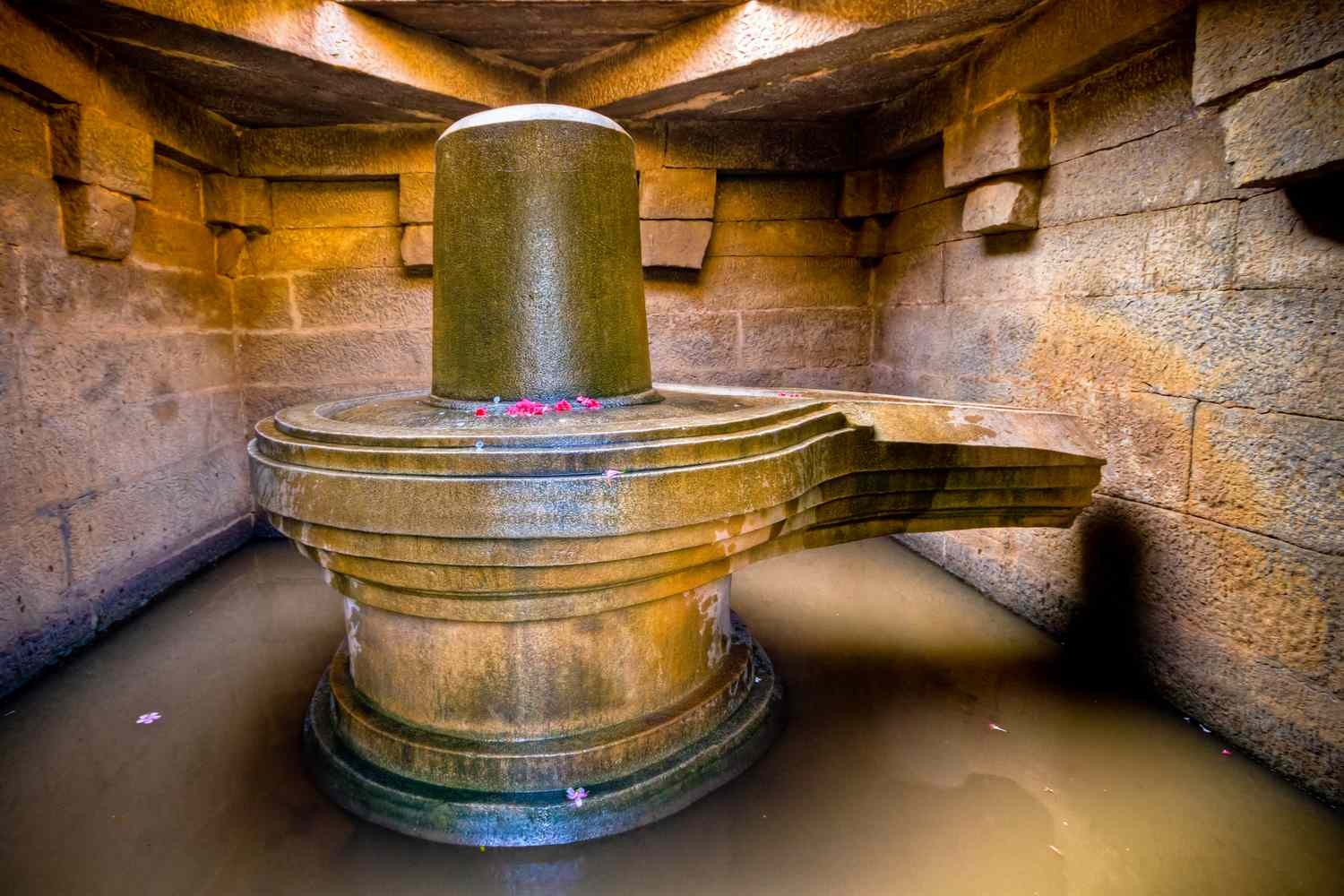
The Śivaliṅga represents the ascending energy of consciousness and life in nature. We see this in such forms as the mountain, the thundercloud, the tree, and the upright human being. Many liṅgas like that at Kedarnath - the most important Śiva site in the Himalayas - are rocks in the shape of small mountains. Many other liṅgas are associated with light, the liṅgas of the Sun, the Moon and Fire. There are the twelve famous Jyotirliṅgas or light forms of Śiva at twelve special temples throughout India.
The state of Tamil Nadu has special Śiva liṅga forms for the five elements with liṅgas of earth, water, fire, air and ether at special temples in the region. In this regard, each element has its Śiva liṅga or determinative force. The famous hill of Arunachala, where the great enlightened sage Ramana Maharshi stayed, is said to be the fire liṅga of lord Śiva.
Other Śiva liṅgas are associated with gold or crystal, the light powers in the metal kingdom. The Śiva liṅga is often described in terms of light, crystal or transparency. Śiva himself is said to be pure light or light in its primal undifferentiated state, Prakasha matra.
The Śiva liṅga is connected to the upward pointed triangle, which is also the symbol of fire. The liṅga is present in the male sexual organ both in plants and in animals. But we should not ignore its other forms in recognizing that. The worship of the liṅga is connected more generally to a worship of pillars, obelisks, standing stones and pyramids. Tantric liṅga worship is connected to Vedic pillar worship (the Vedic stambha, skambha, dharuna), which has parallels throughout the ancient world and in indigenous cultures in general who can still perceive the spiritual powers behind the formations of nature.
The Śiva liṅga is often a pillar of light. In special Vedic fire rituals, the fire could be made to rise in the shape of a pillar which could also then take the shape of a man! In fact, the term Dharma originally refers to what upholds things and can be symbolized by a pillar. The Śiva liṅga is the universal pillar of Dharma. The pillar is also an inner symbol indicating the erect spine and concentrated mind.
In terms of our human nature, there are several liṅgas or characteristic marks. The force of Prāṇa is the liṅga or pillar force upholding the physical body according to the currents that emanate from it. This is the inner ‘Prāṇa Liṅga’. Our deeper intelligence or Buddhi provides us the power of insight to discern higher realities, the ‘Buddhi Liṅga’. The Atman or higher Self is the ultimate liṅga or determinative force of our nature that remains steady and elevated (transcendent) throughout all of our life experience, the ‘Atma Liṅga’.
The liṅga and the yoni always go together, first of all on the level of opposites, as the upward and downward pointed triangles. The liṅga with the yoni below it, the standing stone and the ring base, show the union of male and female energies, not just in sexuality, but also as electromagnetic forces.
In addition, the liṅga in its movement creates a yoni, just as a point in its movement can create a circle. We can see this in the circular movement of the stars, planets and nebulae, as well as many other diverse phenomena in the world of nature. The central luminary is the liṅga and its field of revolution is the yoni. The planets form a yoni or circle as they revolve around the Sun as the liṅga, of the solar system, its central principle or axis. Yet the Sun itself is revolving around other stars and creating a yoni or circle of its own.
Stonehenge, and other similar sacred sites that have standing stones formed into great circles, show the union of the liṅga and the yoni, the cosmic male and female or Śiva-Śakti principles. The liṅga and the yoni are also united in the chakra or the wheel, with the liṅga as the axis and the yoni as the circumference. The Hindu usage of chakras in ritual and in art also reflects these two powers. Each chakra of the subtle body shows the union of the Śiva and Śakti energies operative at its particular level of manifestation.
The Śiva energy is the upward current running through the spine or Sushumna and the Śakti energy is the horizontal current through which it travels, forming the various lotuses of the chakras. Together they form a spiral of forces. Both forces are necessary to create this dynamic motion.
The experience of the Śiva liṅga in Yogic meditation is an experience of a pillar of light, energy, peace and eternity, expanding the mind, opening the inner eye and bringing deep peace and steadiness to the heart. From it radiate waves, currents, circles and whirlpools of Śakti spreading this grace, love and wisdom to all. To concentrate our awareness in the liṅga is one of the best ways of meditation, calming the mind and putting us in touch with our inner Being and Witness beyond all the agitation and sorrow of the world.
In Ayurvedic healing, the creation of the Prāṇa liṅga or concentration of Prāṇa at a subtle level is what allows deep healing and rejuvenation to occur. In Vedic astrology, the Śiva liṅga represents the power of light behind the Sun, Moon, planets and stars. In Vastu Śastra, the Śiva liṅga is used to stabilize the spiritual and vital energy in a house, as a conduit of cosmic forces.
To understand the ultimate secrets of life we must be able to look at the primal powers of existence, including the needs for sex and food, according to their broader connections and universal implications. Human sexuality is only one of the many manifestations of the cosmic forces of duality, of a greater Divine sexuality as it were, which transcends all creaturely existence.
We must learn to see the cosmic energy behind human sexuality rather than try to reduce spiritual polarities to our own physical and emotional inclinations. This is another aspect of Yoga in which we must look beyond human psychology to the universal consciousness.
